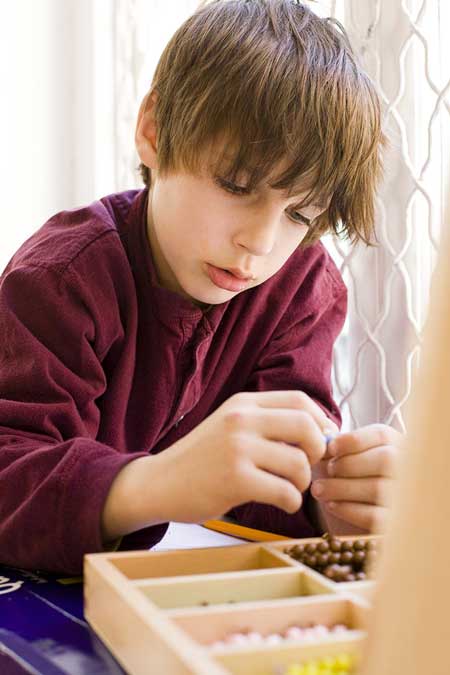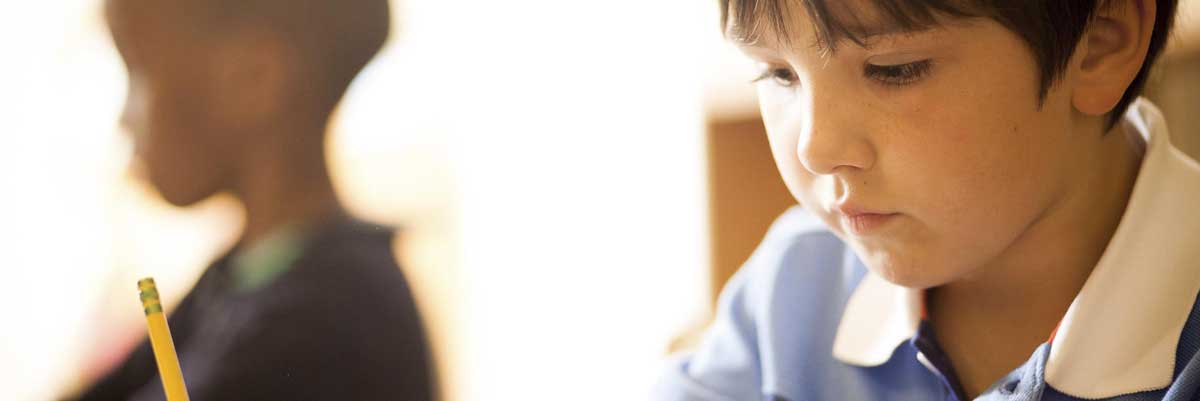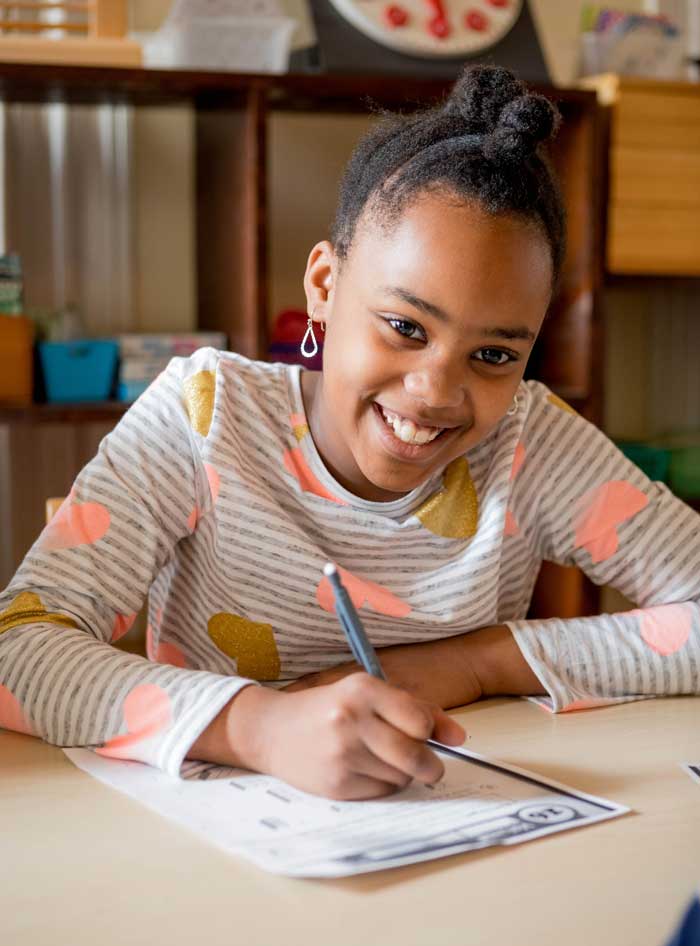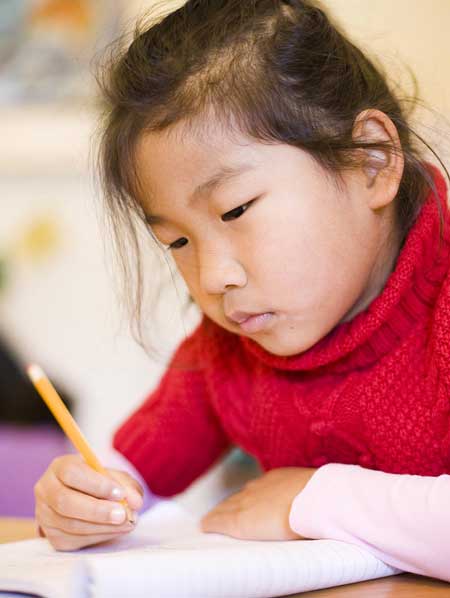Activities
A variety of cultural activities are incorporated into the school day. Physical education, art and music classes are held weekly, and Russian language
sessions occur daily. Weather permitting, the class makes the easy walk to the main branch of the Charleston County Public Library once per week.
In the spirit of hands-on observation and experimentation, other destinations include the SC Aquarium, local farms, museums, and historic sites.
Parent volunteers act as drivers/chaperones for those field trips which require transportation.

Philosophy
The Montessori Elementary program offers a continuum built on the preschool experience.
The environment reflects a new stage of development and offers the following:
•Integration of the arts, sciences, geography, history, and language that evokes
the native imagination and abstraction of the elementary child.
• Presentation of the formal scientific language of zoology, botany, anthropology, geography, geology, et al.,
exposing the child to accurate, organized information, and respecting the child's intelligence and interests.
• The use of timelines, pictures, charts, and other visual aids to provide a linguistic and visual overview of the first principles of each discipline.
• Presentation of knowledge as part of a large-scale narrative that includes the origins of the earth, life, human communities and modern history, always in the context of the wholeness of life.
• A mathematics curriculum presented with concrete materials that simultaneously reveal arithmetic, geometric, and algebraic correlations.
• Emphasis on open-ended research and in-depth study, using primary and secondary sources (no textbooks or worksheets), as well as other materials.
• Montessori-trained adults who are enlightened generalists (teachers who are able to integrate the teaching of all subjects, not as isolated disciplines, but as part of a whole intellectual tradition).
• "Going out" to make use of community resources beyond the four walls of the classroom.
As in the preschool, the Montessori materials are a means to an end. They are intended to evoke the imagination, to aid abstraction, to generate a worldview about the human task and purpose. The child works within a philosophical system that encourages exploration of the origins of the universe, the nature of life, human civilization, and any other subject which interests him or her. On a factual basis, interdisciplinary studies combine geological, biological, and anthropological science in the study of natural history and world ecology.
The program is made up of interconnected narratives that together provide the child with an inspiring overview of the universal "Great Lessons." Great Lessons span the history of the universe from the Big Bang theory of the origin of the solar system, earth, and life forms, to the emergence of human cultures and the rise of civilization. Aided by scrupulously accurate charts and timelines, the child's study of detail in reference to the Great Lessons develops in him or her an awe and respect for the totality of knowledge.
Studies are integrated not only in terms of subject matter, but in terms of moral learning as well, resulting in appreciation and respect for life, moral empathy, and a fundamental belief in progress, the contribution of the individual, the universality of the human condition, and the importance of justice.




